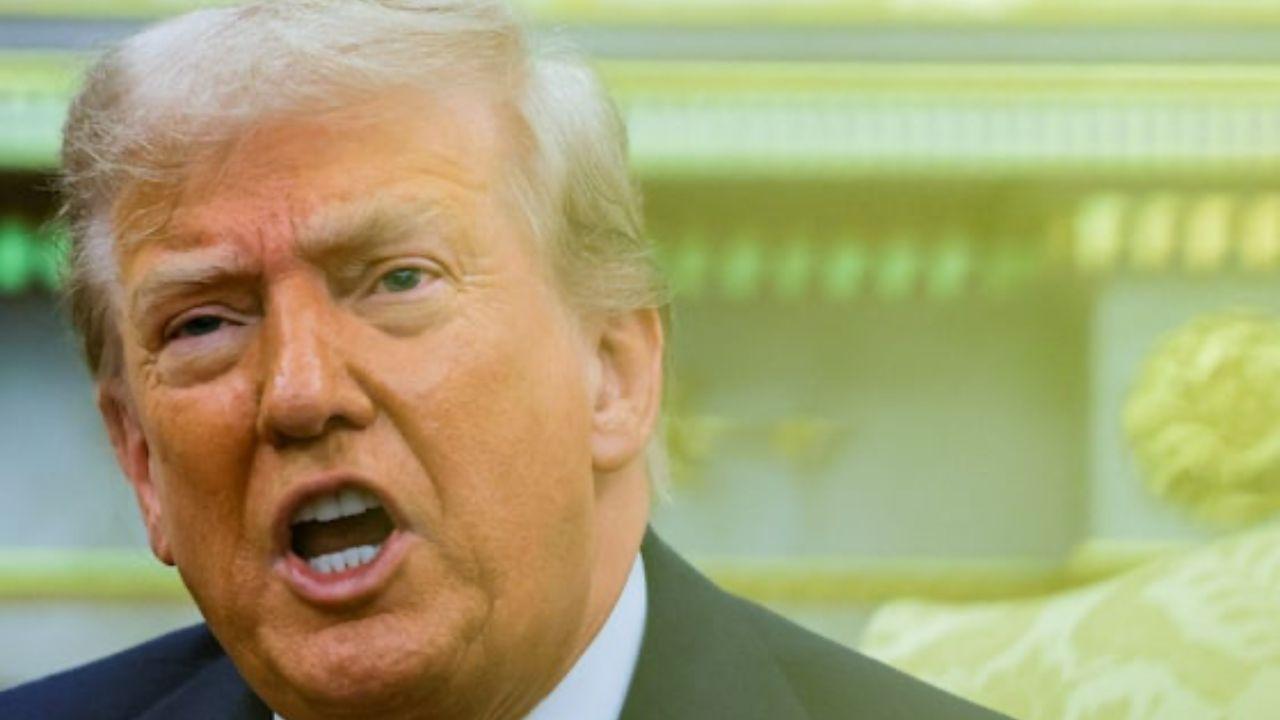
Post by : Avinab Raana
Photo : X / The Globe and Mail
US President Moves to Align Tariffs with Trade Partners
In a strategic move, President Trump has signed an executive order granting tariff exemptions on over 45 key product categories to countries that enter into reciprocal trade deals with the United States. This bold shift signals a recalibration of America’s approach to global commerce—providing incentives through trade alignment rather than coercive tariffs.
What the Order Covers
The exemptions span a broad range of vital imports—from industrial metals like nickel and gold to advanced materials like graphite, along with pharmaceutical compounds, aircraft parts, LED components, and electric vehicle supplies. Agricultural products and generic medicinal articles also have provisions. By targeting goods not produced domestically or in insufficient quantities, the administration is positioning tariff adjustments as a tactical tool tied to broader trade cooperation.
A Direct Incentive for Trade Negotiations
This order hinges on the idea of “reciprocal trade”—countries secure relief from U.S. tariffs when they agree to comparable concessions for American exports, without requiring fresh executive orders for each adjustment. It’s a streamlined incentive model aimed at expediting trade deals while rewarding aligned market policies. The approach is intended to reduce friction, simplify access, and reinforce partnerships based on economic give-and-take.
Reframing Tariff Strategy in Global Commerce
With this move, the administration pivots from unilateral pressure to conditional allowance—offering clear economic benefits to partners who meet U.S. expectations. The logic is clear: use tariff levers not only as deterrents but also as carrots to drive trade realignments. Countries with existing frameworks—such as Japan and European Union members—can now access zero tariffs on approved items faster and more predictably.
Impact on Metal and Tech Supply Chains
Key industrial inputs like nickel and graphite are foundational for clean energy projects, EV battery builds, and high-tech manufacturing. By easing access, the U.S. encourages strategic supply networks outside traditional rivals. This signals a shift: tariff policy is now explicitly tied to securing supply chain resilience in critical sectors.
Pharmaceutical and Agricultural Implications
Generic pharmaceutical compounds and certain agricultural goods included in the order open new market opportunities. Countries able to supply these goods exempt from duties fetch significant competitive gains. Likewise, American producers stand to gain parity in exports, reinforcing trade as a two-way street rather than a one-sided imposition.
Streamlining Bilateral Trade Enforcement
The executive order clarifies that, once a reciprocal deal is signed, tariff relief is automatic. This eliminates years of bureaucratic lag and unpredictability. Commerce and customs agencies can grant exemption swiftly—an important advantage for firms that rely on agile cross-border supply chains in manufacturing and logistics.
A Diplomatic Nudge in Global Trade Dynamics
The order isn’t just economic—it’s diplomatic. By embedding trade terms into tangible incentives, the U.S. leverages exports as a mechanism for partnership. Countries negotiating with Washington now have a clear roadmap: align on trade terms and unlock tariff relief. It strengthens tools for multilateral negotiation while reframing U.S. leadership as conditional, not coercive.
Sector-by-Sector Shifts
Industries positioned to benefit span high-tech manufacturing, auto supply chains, and pharmaceuticals. Companies in aligned partner nations may see profitability rise, while U.S. exporters gain leverage in trade talks. Multinationals will recalibrate where they source materials and how they negotiate deals—foreseeing smoother paths for approved imports.
Potential Benefits and Risks for the U.S.
Domestically, consumers and businesses may see price relief and improved input access in targeted sectors. Exporters gain leverage. But critics warn of risks: reliance on foreign sources where domestic capacity exists, and complications in balancing protection with partnership. As the order rolls out, navigating winners and losers becomes a delicate political and economic task.
Global Reflections and Strategic Realignment
Other nations will watch closely. This move could shift how trade agreements are structured elsewhere—using targeted exemptions tied to reciprocity as negotiation sweeteners. Countries like Japan, the EU, and others already in formal talks with the U.S. will benefit from precedent and clarity in how aligned trade operates.
Behind the Strategy: U.S. Trade Realpolitik
Seen in context, this opens a new chapter in Trump-era trade thinking. After aggressive tariffs and retaliatory rounds, the administration now signals willingness to trade access for parity. It’s a calculated step toward reshaping global trade norms—not just through pressure but through mutual exchange.
A New Playbook for Global Trade Incentives
President Trump’s executive order marks a critical evolution in U.S. trade policy—shifting from blanket tariffs to selective exemptions rewarded through reciprocal agreements. It reframes commerce as negotiation, not confrontation. The choice now falls to trading partners: respond with alignment, unlock economic benefits, and help shape a new era of trade architecture.
Tariff exemptions, Reciprocal trade, Trump executive order

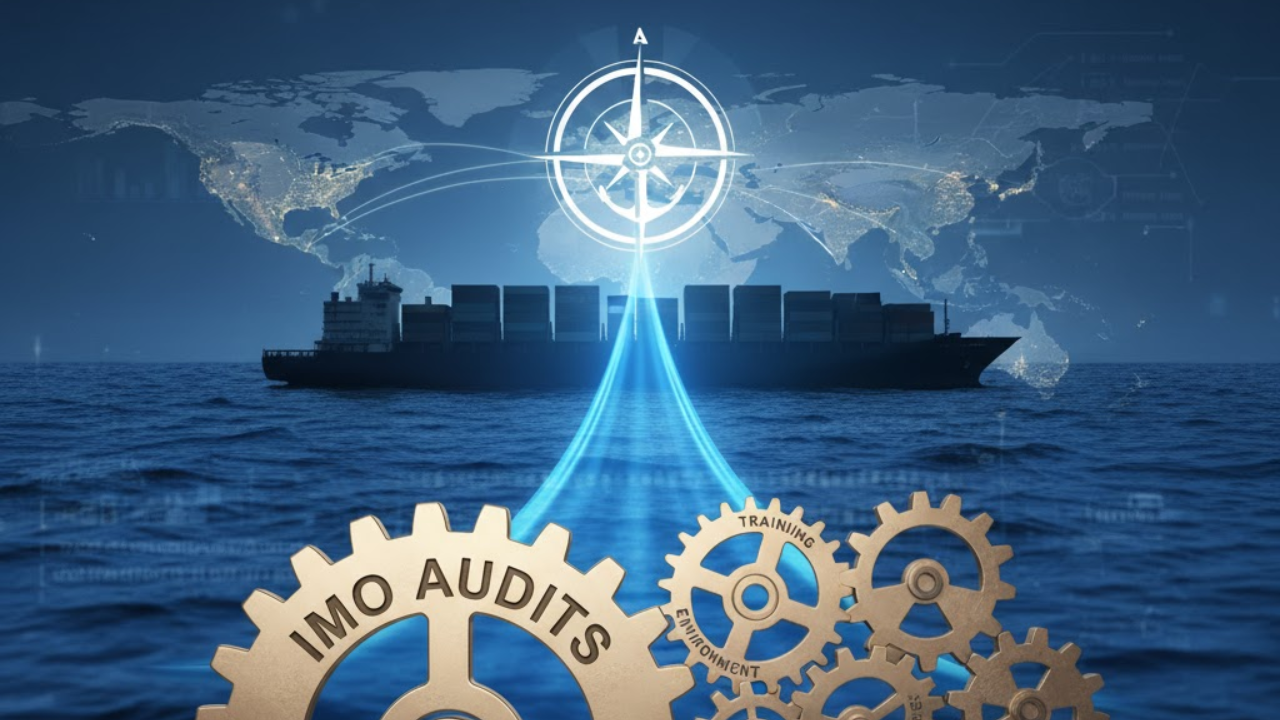
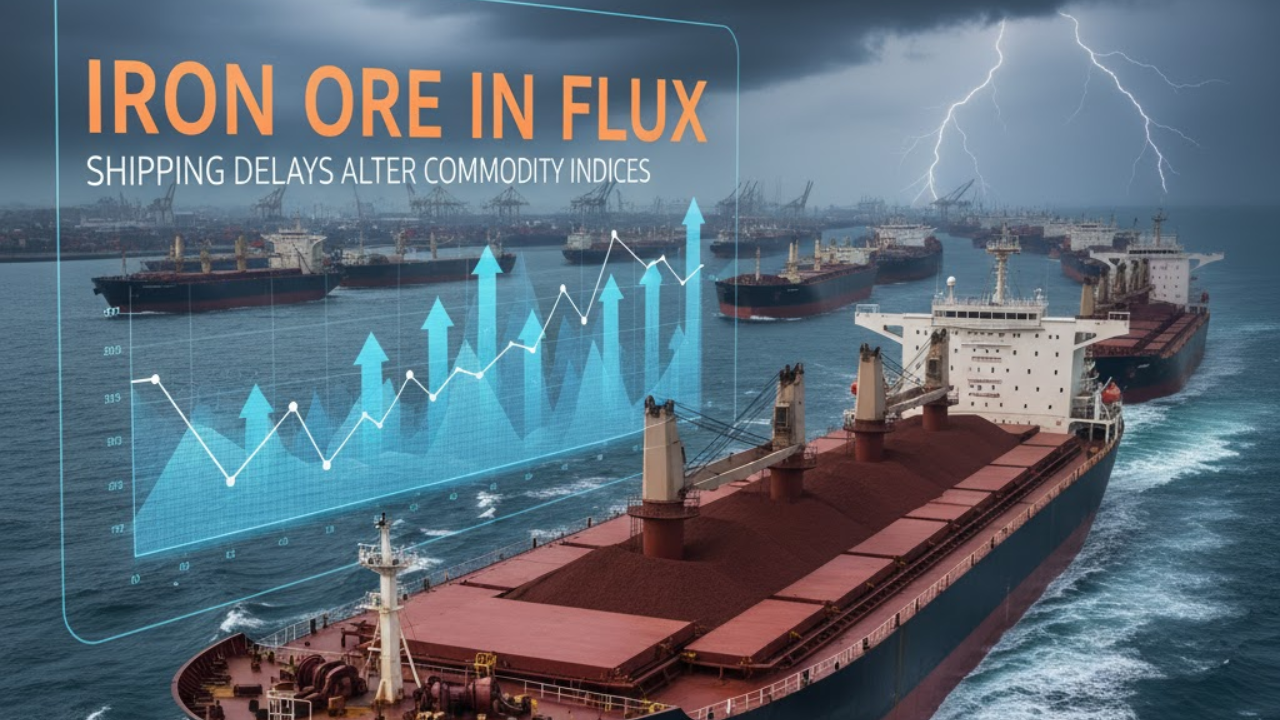

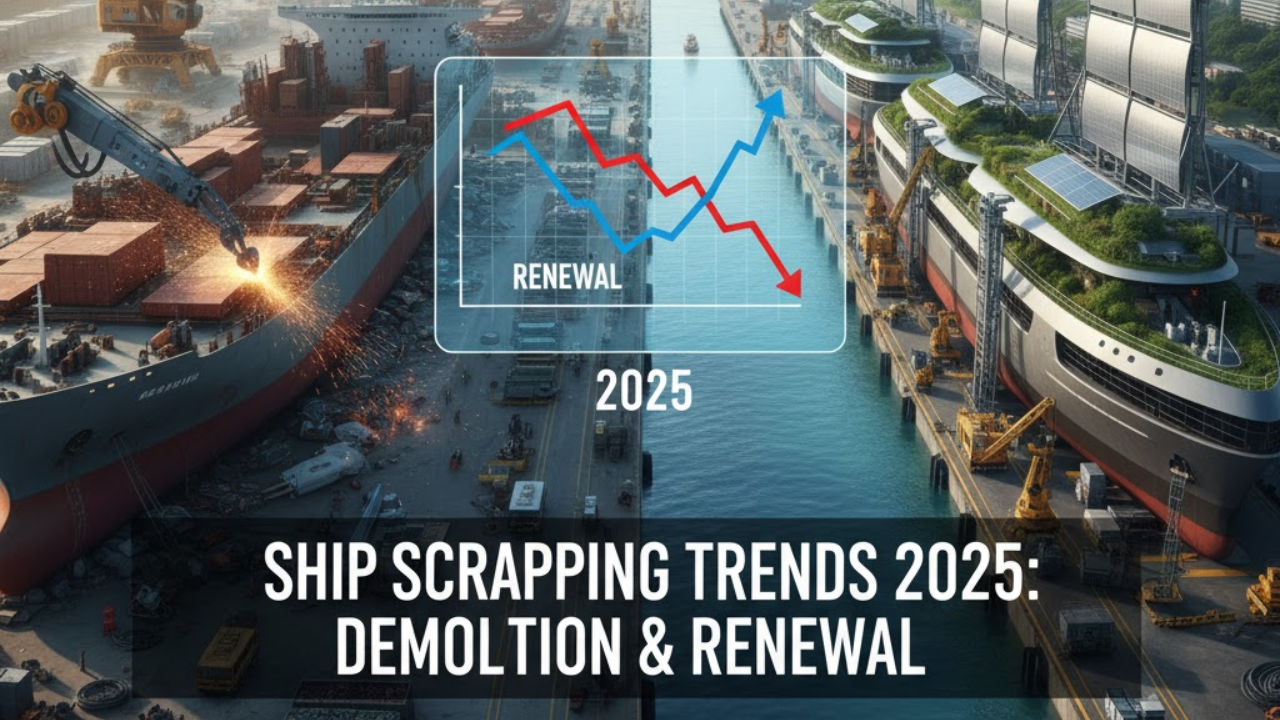
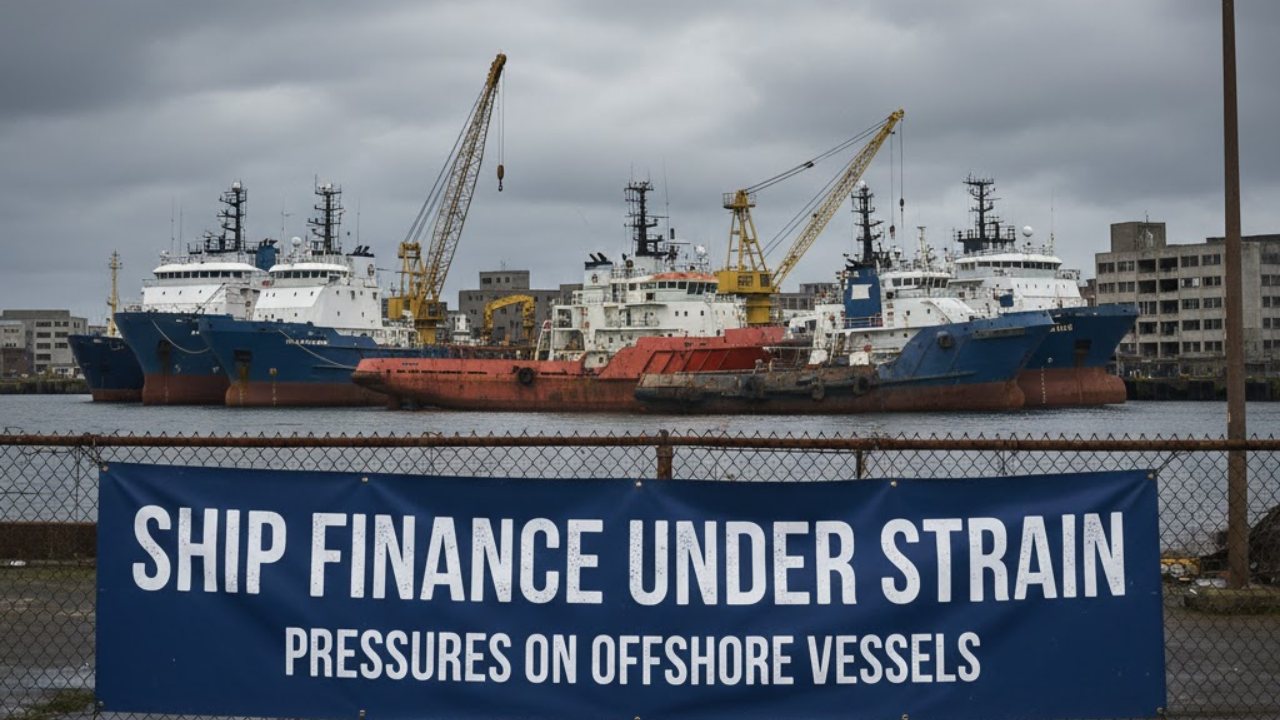
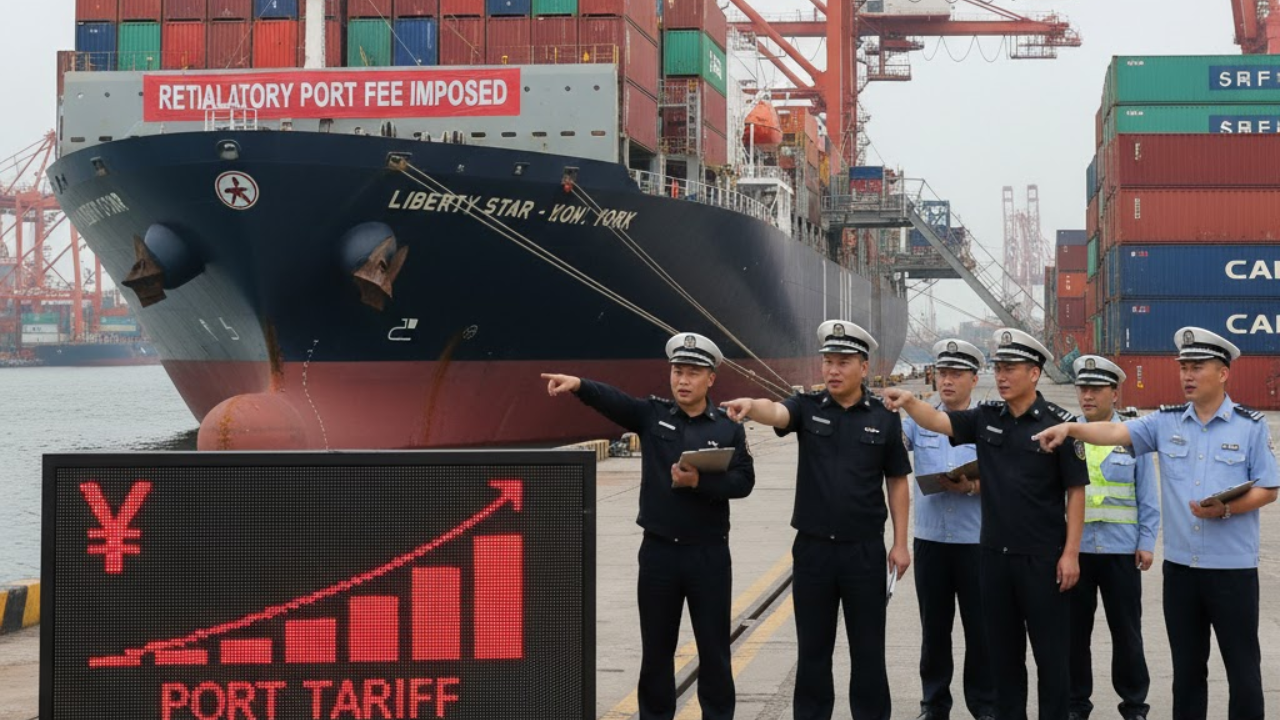
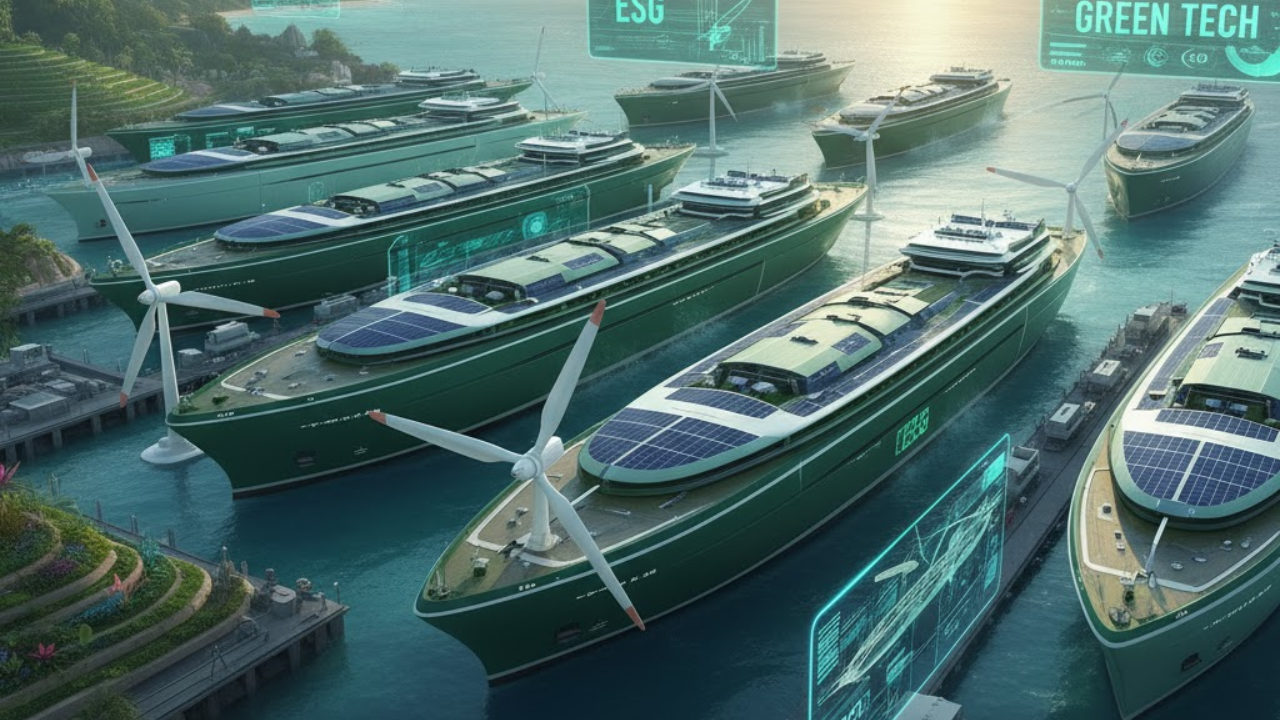
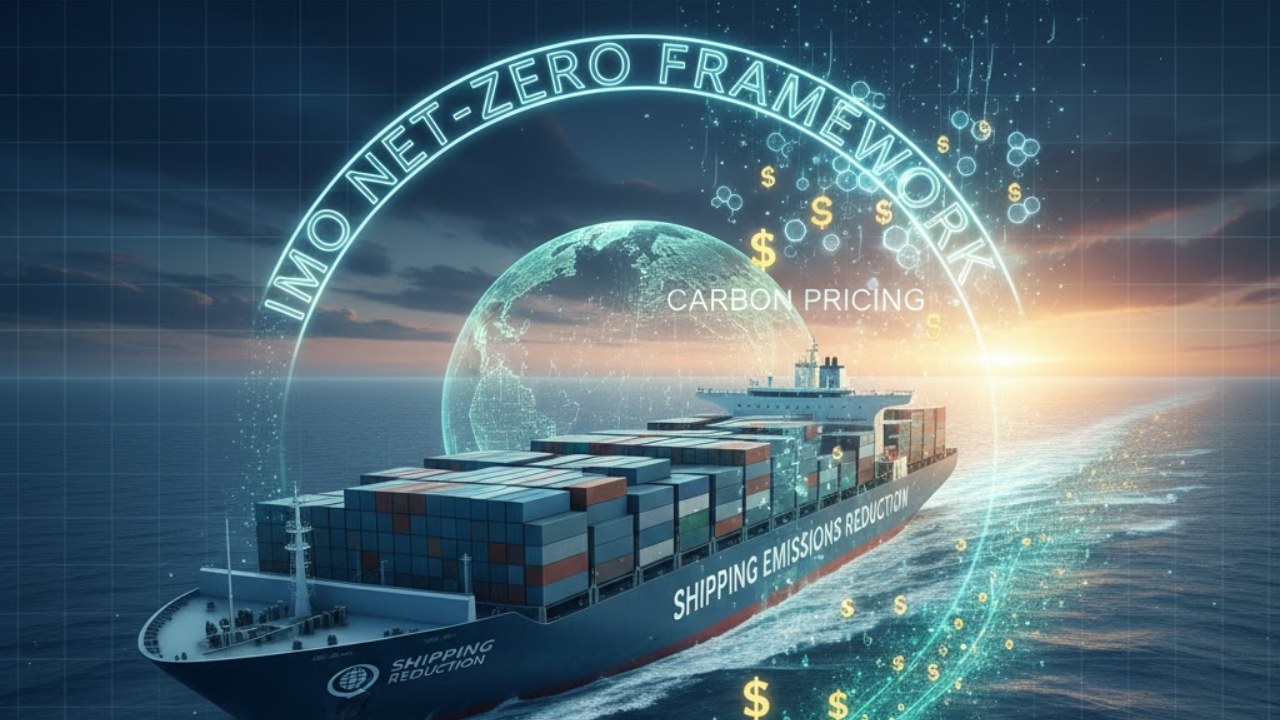

Bengaluru-Mumbai Superfast Train Approved After 30-Year Wait
Railways approves new superfast train connecting Bengaluru and Mumbai, ending a 30-year demand, easi

Canada Post Workers Strike Halts Nationwide Mail and Parcel Services
Canada Post halts operations as CUPW strike disrupts mail and parcel delivery nationwide amid disput

PM Modi Launches BSNL ‘Swadeshi’ 4G Network, 97,500 Towers Built
India enters global telecom league as PM Modi inaugurates BSNL’s indigenous 4G, connecting 26,700 vi

India’s Iconic MiG‑21 Takes Final Flight After Six Decades of Service
After 60 years India retires its MiG‑21 fighter jet, a legendary yet controversial warplane marking

Hindustan Zinc unveils AI hotspot monitoring at Debari smelter
Hindustan Zinc launches AI-powered Switchyard Hotspot Monitoring at Debari smelter to cut outages bo

Chinese experts worked inside sanctioned Russian drone plant
Chinese drone specialists visited IEMZ Kupol supplying parts and drones via intermediaries, deepenin